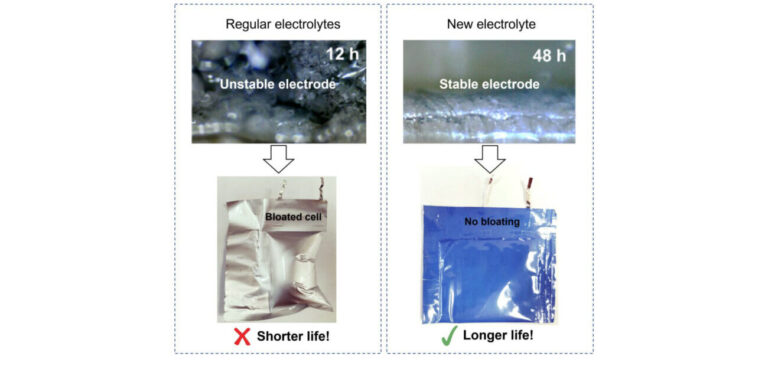A sodium-sulfur battery created by engineers at The University of Texas at Austin (UT Austin) is being touted as solving a key hurdle that has until now prevented the chemistry being commercially viable.
Sodium and sulfur are appealing materials for future battery production because they are cheaper and more widely available than lithium and cobalt, and lead to fewer environmental and human rights concerns. Because of this, much effort has been put into making sodium-based batteries viable.
“I call it a dream technology because sodium and sulfur are abundant, environmentally benign, and the lowest cost you think of,” said Arumugam Manthiram, director of UT’s Texas Materials Institute and professor in the Walker Department of Mechanical Engineering. “With expanded electrification and increased need for renewable energy storage going forward, cost and affordability will be the single dominant factor.”
The research hinged around adjusting the make-up of the battery electrolyte to reduce the growth of dendrites on the anode, with finding published in the Journal of the American Chemical Society.
In previous electrolytes for sodium-sulfur batteries, the intermediate compounds formed from sulfur would dissolve in the liquid electrolyte and migrate between the two electrodes within the battery. This dynamic, known as shuttling, can lead to material loss, degradation of components, and dendrite formation.
The Texas researchers say they created an electrolyte that prevents the sulfur from dissolving and thus solves the shuttling and dendrite problems. This in turn enables a longer lifecycle for the battery, apparently showing stable performance over 300 charge-discharge cycles.
“When you put a lot of sugar in water, it becomes syrupy. Not everything is dissolved away,” said Amruth Bhargav, a doctoral student in Manthiram’s lab, when describing the new approach. “Some things are half linked and half dissolved. In a battery, we want this in a half-dissolved state.”
The new battery electrolyte was designed in a similar vein by diluting a concentrated salt solution with an inert, non-participating solvent, which preserves the “half-dissolved” state. The researchers found that such an electrolyte prevents the unwanted reactions at the electrodes and thus prolongs the life of the battery.
The researchers now plan to build on this breakthrough by testing it with larger batteries to see whether it will be suitable for use in commercial applications such as electric vehicles.


